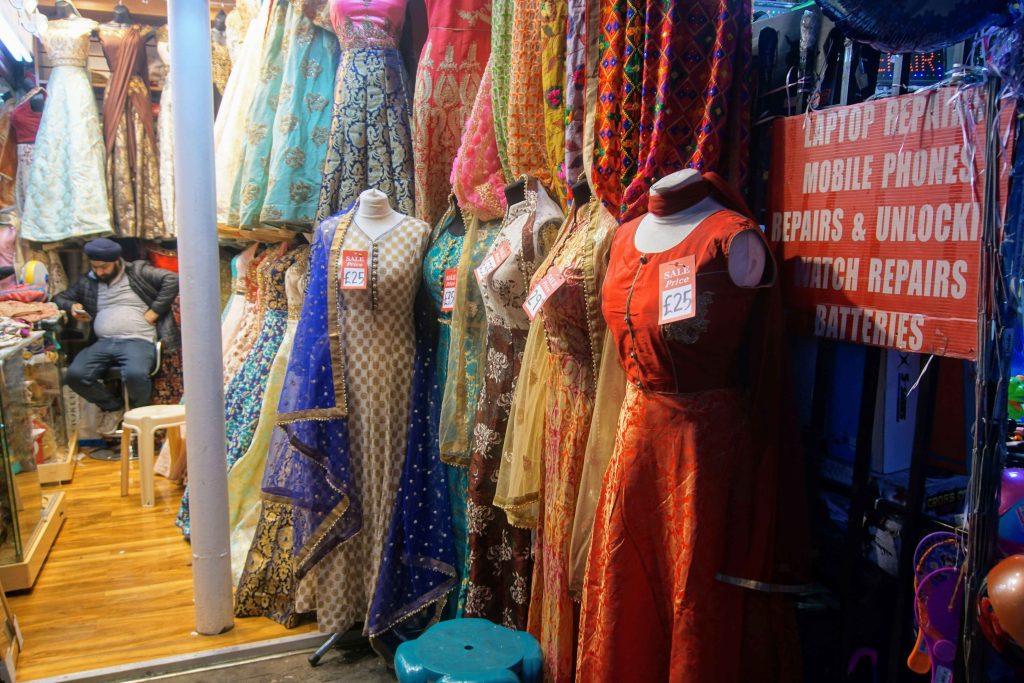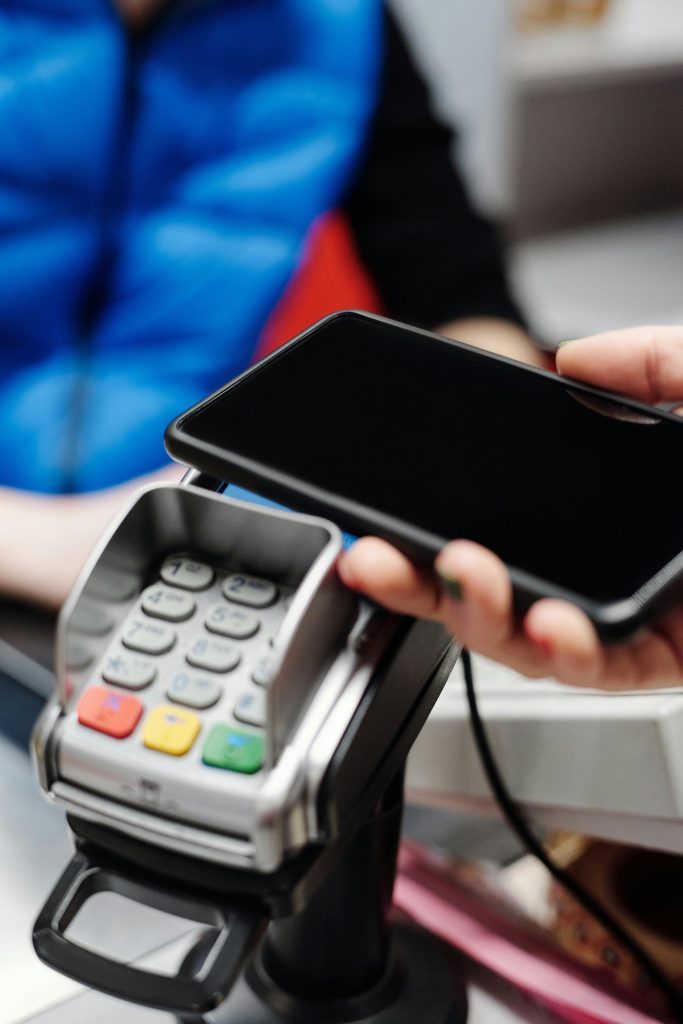From the brick-and-mortar stores of the 18th century to today’s trendy department stores, it’s no secret that physical retail has undergone significant transformation. With the rise of quick commerce and e-commerce giants, it’s easy to assume that traditional retail might be fading. Yet, in India, where local markets and kirana stores are deeply ingrained in the cultural and economic landscape, brick-and-mortar retail remains vital.
According to a Deloitte report, retail is a major contributor to India’s GDP and employment, and the country is set to become the third-largest consumer market by 2030. To understand this future, it’s essential to appreciate both the enduring strengths of physical retail and the contemporary trends reshaping it.
India’s unique shopping preferences
Unlike many Western markets, where consumers are moving almost entirely online, Indian shoppers still prefer physical stores, even in urban areas. Shopping is a social and sensory experience in India. Consumers enjoy physically inspecting products, bargaining for the best price, and seeking recommendations from trusted sellers.

Recent reports show that over 60% of urban consumers prefer a hybrid shopping model, using both online and offline channels . They might discover products online, but they prefer the tactile reassurance of buying in-store. This trend drives the adoption of an omnichannel approach by retailers, merging digital discovery with physical experiences.
Also Read: The Future Of Experiential Marketing In India
The power of kiranas and hyperlocal shopping
There are around 13 million kirana stores in India, which account for around 90% of India’s total retail grocery sales. These small, family-owned shops are integral to local communities, often offering personalised services and credit to loyal customers. They cater to Indian shoppers’ preference for convenience and trust, which larger retailers struggle to replicate.
The Indian government’s Open Network for Digital Commerce (ONDC) initiative is also reshaping the retail landscape by promoting open networks and reducing reliance on major e-commerce platforms. This aims to enhance competition and provide opportunities for kiranas to integrate digitally.

There’s no doubt that e-commerce and quick commerce are impacting kiranas, but these stores are here to stay. As Rama Bijapurkar aptly put it, “Kirana survived, kirana thrived, kirana did better,” reflecting kiranas deep connection with the local community. By embracing digital tools like point-of-sale (POS) systems, inventory management apps, and digital payment solutions, kiranas are modernising while maintaining their personal touch.
Also Read: The Evolution Of OOH Advertising In India
Phygital retail
One of the most promising trends in Indian retail is the rise of ‘phygital’ stores, which seamlessly integrate physical and digital experiences. Phygital retail allows consumers to enjoy the tactile benefits of brick-and-mortar shopping with the convenience of e-commerce.

With the help of technology such as artificial intelligence (AI), Internet of Things (IoT), and augmented reality (AR), phygital stores offer personalised, data-driven experiences for shoppers. AI-powered solutions can help stores predict consumer preferences, while IoT devices track footfall patterns and optimise store layouts. These innovations are enabling traditional retailers to compete with e-commerce platforms, ensuring their relevance in a digital-first world.
Also Read: The Rise Of Social Commerce In India
The role of smart retail technologies
Technology is a key driver of the future of brick-and-mortar retail in India. As kiranas and large retailers alike adopt smart retail solutions, they are improving customer experiences and operational efficiency. Innovations like RFID (radio-frequency identification) for inventory management, automated checkout counters, and AI-driven chatbots are being introduced in retail outlets across the country.

Retailers who can leverage these technologies to personalise the shopping experience and streamline operations will thrive in the competitive Indian market. The rise of digital payments and the government’s push for a cashless economy also support this shift, with UPI (Unified Payments Interface) becoming a preferred mode of payment across both large retailers and kiranas.
Also Read: The Future Of Experiential Marketing In India
Conclusion
India’s brick-and-mortar retail is set for an exciting future. Kiranas will continue to provide personal service and local expertise, while modern retailers embrace technology to craft unique, engaging in-store experiences. By blending tradition with innovation, retailers in India can stay competitive and meet the evolving needs of their consumers.
Omni-channel retailing will play a crucial role in this transformation, offering a seamless shopping experience across various touchpoints. At Melt, we recently had a chat with Gunjit Jain from Colgate-Palmolive, who shared insights into Colgate’s omni-channel strategy. To learn more about how Colgate is adapting, watch the full episode!